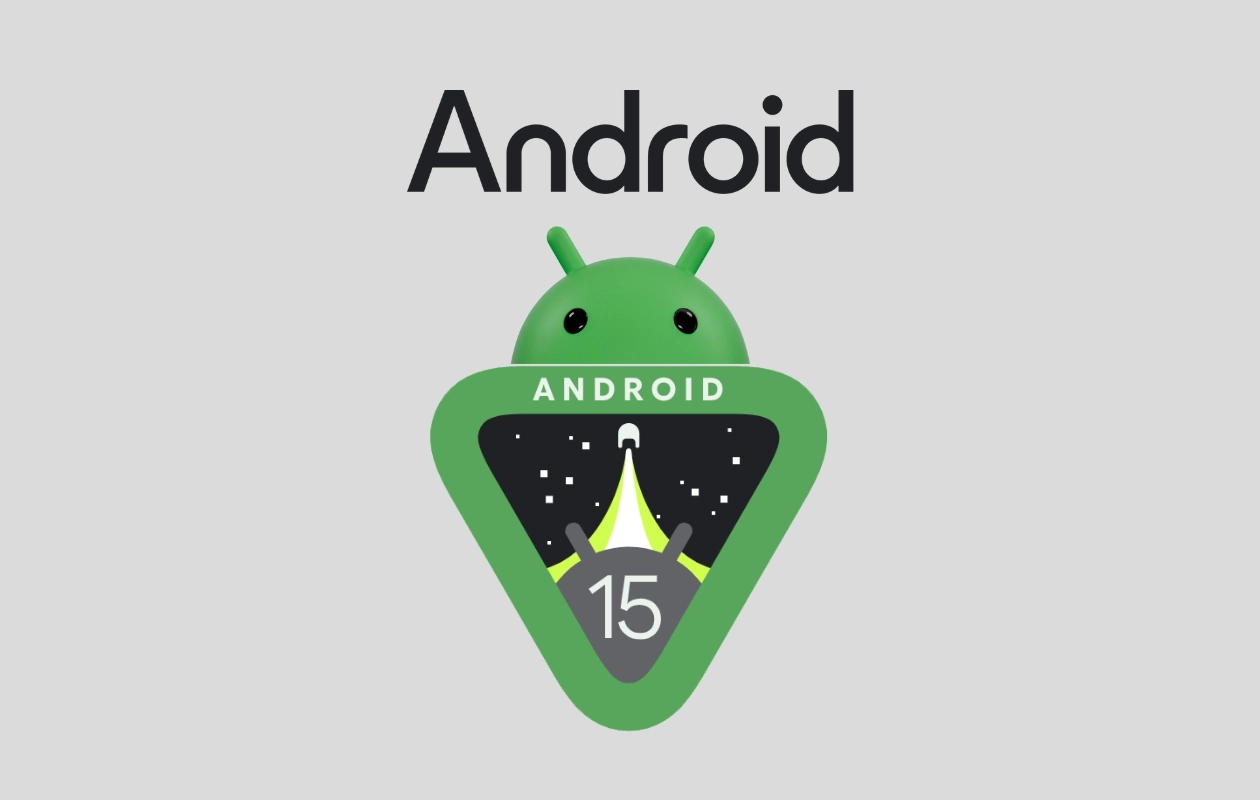Google’s latest release of Android 15 Developer Preview 2 (DP2) offers a fascinating look at the next iteration of the world’s most popular mobile operating system. Building upon the first developer preview, DP2 introduces a range of new features, refinements, and important changes for both developers and Android users.
Table of Contents
Connectivity Takes Center Stage in Android 15 Developer Preview 2
Android 15 lays the groundwork for applications harnessing satellite connectivity on future devices. With a new API (ServiceState.isUsingNonTerrestrialNetwork()), apps will be able to detect when a device is connected to a satellite. This paves the way for reliable communication even in the most remote areas, as SMS, MMS, and RCS messaging apps could soon leverage satellite networks when cellular service isn’t available.
Google has also turned its attention to foldable phones. Developers now have a new property (WindowManager#COMPAT_SMALL_COVER_SCREEN_OPT_IN) at their disposal, enabling them to tailor app experiences specifically for the smaller cover screens found on clamshell-style foldables. This will allow developers to display essential information and offer quick actions without users needing to fully unfold their devices.
Privacy and User Control
Android 15 Developer Preview 2 continues Google’s commitment to user privacy by introducing a screen recording detection mechanism. Apps will be able to use the WindowManager’s addScreenRecordingCallback(...) API to receive notifications when their content is being captured during a screen recording. This is especially important for apps handling sensitive information, giving users more control and transparency.
The PDF Experience Evolves
The PdfRenderer API receives a significant overhaul in Android 15 Developer Preview 2. These enhancements empower apps to incorporate advanced PDF features like rendering password-protected files, adding annotations, editing forms, searching content, and selecting text with copy functionality. Google is even moving PdfRenderer to a Mainline module, meaning updates can arrive directly through Play System Updates. This suite of improvements will greatly enhance the way users interact with PDF documents on their Android devices.
More Refinements and Developer Tools
Android 15 DP2 delivers a plethora of additional enhancements. NFC capabilities expand with “observe mode,” allowing devices to just listen to NFC readers, enabling smoother authentication processes. Apps also now have greater control over HDR headroom with the Window#setDesiredHdrHeadroom API, ensuring a more visually pleasing balance between SDR and HDR content. Android 15 also supports the CTA-2075 standard, helping users avoid audio inconsistencies and constant volume adjustment when switching between content sources.
The AutomaticZenRules API gets a boost, allowing apps to create more granular and customizable Do Not Disturb rules. New triggers like grayscale display, night mode, and wallpaper dimming provide a greater level of personalization. Developers will also appreciate refined controls over line breaks in TextViews, helping preserve readability and prevent awkward word hyphenation.
Noteworthy for Developers and Pixel Users
Android 15 DP2 is currently available for the Pixel 6, 7, and 8 series devices, as well as for the Pixel Tablet and Pixel Fold. Developers can install builds manually or try it out using the Android Emulator in Android Studio. It’s crucial to remember that manual installation requires unlocking the bootloader, resulting in a factory reset. Also of note, Android 15 will block apps targeting Android 6.0 (Marshmallow) or older, so developers and users should start planning updates accordingly. Pixel users will enjoy new additions like an “Apps list settings” page and a “High-Quality Mode” for the USB webcam feature.
Android 15 is shaping up to be an exciting update. Keep an eye on the Android Developers blog for the latest information, and stay tuned for further refinements as Google continues to polish the next major release of Android.
